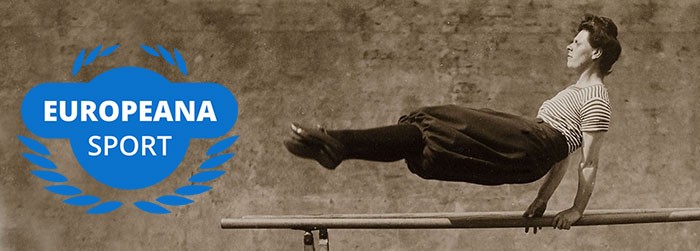Mascots are popular symbols of the Olympic Games. Even before their official integration, they have been a key part of the games. What better way to personify the Olympic values and spirit than a colourful, playful character bringing the history and culture of the host countries to young and old alike?
Olympic mascots are symbols of entertainment, design and marketing. Each modern edition of the Olympic Games has its own, which refers to the Olympic values and the identity of the place hosting the event.
The first Olympic mascot was created for the 1968 Winter Olympic Games, held in Grenoble, France. These games were the first to be broadcast in colour television. Aline Lafargue had created Shuss for the occasion, a stylised blue skier with a round and red head. His body was shaped like a lightning bolt, zig-zagging, on one foot.
From operetta to Olympics
The word mascot derives from the Provençal word mascoto, a diminutive of masco which means witch. The term mascot, however, became popular through Edmond Audran's operetta La mascotte, which was staged for the first time on 29 December 1880 at the Théâtre des Bouffes-Parisiens in Paris.
The work was an immediate success, in particular because of a 'sheep and turkey duo' which were part of the staging. Set in 17th century Tuscany, the action is focused on the character of Bettina.
As one of the arias from the first act explains, she brings luck to all those for whom she works, so long as she remains a virgin. In the time that she has been working as a turkey keeper for Rocco, a farmer, he has seen his business flourish despite his previous misfortune. The two fall in love. However, the also unlucky Prince Laurent XVII hears about Bettina, and brings her to his court hoping to improve his luck.
Bettina is thus a 'mascot' - someone who brings good luck to all around her.
Official Olympic tradition
For the 1972 Olympic Games in Munich, the mascot became official: a cute coloured dachshund called Waldi.
Since then, sometimes the mascots have been lively and friendly animals which double up as national symbols.
Amik - the mascot for the 1976 Olympic Games in Montreal was a beaver, a national symbol of Canada. In 1984, the USA chose bald eagle Sam as their mascot for the Los Angeles Games. The brown bear Misha was the symbol of the 1980 Olympics in Moscow, with the bear a national symbol of the Soviet Union.
Catalan shepherd dog Cobi was the mascot of the 1992 Olympics in Barcelona.
Four Japanese owls called 'the Snowlets' represented the four major islands of Japan for the 1998 Winter Olympics in Nagano. Several animal mascots were also used for the 2014 Winter Olympic Games in Sochi, Russia, among them snow hare Zaika.
Hodori, a tiger cub, was the mascot for the 1988 Olympic Games from Seoul - with a character common in Korean legends portraying the hospitable traditions of the Korean people.
Mascots can also be human-like or humanised figures incorporating history and heritage.
The Greek siblings Athena and Phevos were the mascots for the 2004 Olympic Games in Athens, inspired by inspired by ancient Greece.
Neve and Gliz were the mascots for the 2006 Winter Olympics in Turin, Italy. Their names were inspired by the Italian for snow (neve) and ice (ghiaccio).
Wenlock, the mascot for the 2012 Olympic Games in London, was joined by Mandeville, the mascot for the 2021 Paralympic Games. They were named after Much Wenlock and Stoke Mandeville, two places which held pre-cursor events to the modern Olympics and Paralympics.
For the 2020 Olympic Games in Japan, the mascot will be Miraitowa and Someity: superhero-inspired characters embodying both old tradition and new innovation.
Starting with Schuss, the commercial interest in Olympic gadgets, designed by famous illustrators and creatives, has spread. Sports objects nowadays thrill fans and collectors and have become part of our cultural heritage.
Share your sport story
Can you help us to tell the story of sport in Europe in the past and the present?
We invite you to tell us about your sport experiences through objects like photographs, memorabilia, equipment or prizes.
Share your story →
This blog is part of the Europeana Sport project which showcases cultural treasures relating to sporting heritage in Europe.
The feature image above is a collage of three Olympic mascots.

